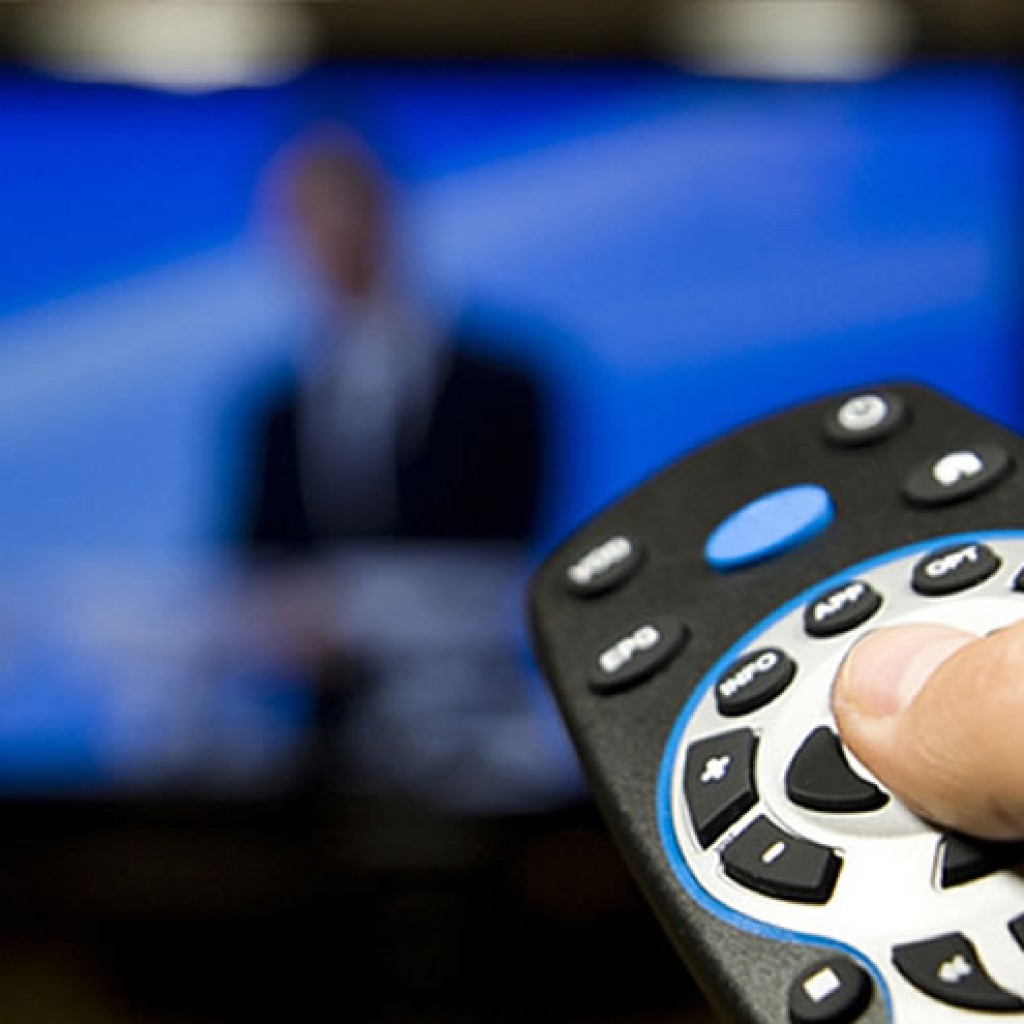
Digital ads may be the hot new thing in political campaigns, but traditional television still reigns as the king of advertising, as it had for more than a half-century.
Media advisory firm Borrell Associates estimates that candidates and outside groups will spend nearly $1.1 billion in 2016 on digital advertising, a seven-fold jump from $162 million spent in 2012. Nevertheless, TV remains the dominant platform to reach the widest possible audience of voters, writes Patrick O’Connor of the Wall Street Journal.
Compared to the same point in 2012, Federal Communications Commission filings show television spending for the 2016 presidential race has increased about 900 percent. So far, candidates and outside groups reserved $47 million in ads, about three times what was spent at this point four years ago. In Iowa, money set aside for TV spots is twice that of 2012; in New Hampshire markets, it is five times greater.
Overall spending for the 2016 elections could reach about $4.4 billion, according to Elizabeth Wilner of Kantar Media. That’s around 16 percent higher from the $3.8 billion candidates and outside groups spent on cable and broadcast ads in the 2012 election cycle.
“TV remains the best way to reach passive voters who are not necessarily looking for information,” said Wilner, who is in charge of Kantar’s Campaign Media Analysis Group.
While television remains dominant, for now, O’Connor says digital is continuing its sharp rise. Borrell estimates that by the 2020 elections, spending for digital and online ads could jump up to more than $3.25 billion, with most of that coming at the expense of television.
The tipping point could be 2016, as TV broadcasters compete with Google, Facebook and other digital platforms for campaign ad dollars. O’Connor writes that the competition is a microcosm of the larger global struggle for ad revenue. Digital, as a share of total advertising, rose from 22 percent in 2012 to 28 percent in 2014, and could reach as much as 36 percent in 2016.
As a result, campaign marketers — after 50 years of planning strategy around television – are now incorporating other media, such as mobile for smartphones, as well ways to reach a fractured viewership that use technology to fast forward past commercials. In addition, many younger viewers have “cut the cable cord” by ignoring television in general.
What’s more, television has become an increasingly inefficient to target voters. For example, O’Connor notes that presidential campaigns (in both parties) have sunk millions into the market of Davenport, Iowa – the state’s third largest. However, 53 percent of adult TV viewers in that market actually live Illinois, across the Mississippi River. Only 60 percent the audience are registered voters, and just 20 percent are Republican.
The concept of the wastefulness of TV advertising is more pronounced in congressional races. In one congressional district north of Chicago, a media analysis group reported that for every TV advertising dollar, 97 cents is wasted on voters with no relationship to the ads. O’Conner notes that politicians draw districts by partisanship, not media markets. But digital ads, on the other hand, can be tweaked to reach targeted audiences.
Despite the perceived inefficiency of television advertising, TV will endure at the top of the heap.
Americans – mostly older ones – watch much more TV that they spend time online, an average of 36 hours on TV versus 16 hours on smartphones, tablets and computers, according to Nielsen. Americans 50 years and older watch more than 47 hours of television a week.
Since TV viewership skews older, and they are those voters more likely to turn out on Election Day, television advertising is not going away anytime soon.
In a survey commissioned by TVB, the trade association of nearly 700 local TV broadcasters, news programs tend to drive more political conversations than any other media platform.
“More people spend more time watching TV than any other medium out there,” TVB president Steve Lanzano told the Journal. “Candidates want to be on the medium that works, and they know TV wins elections.”



